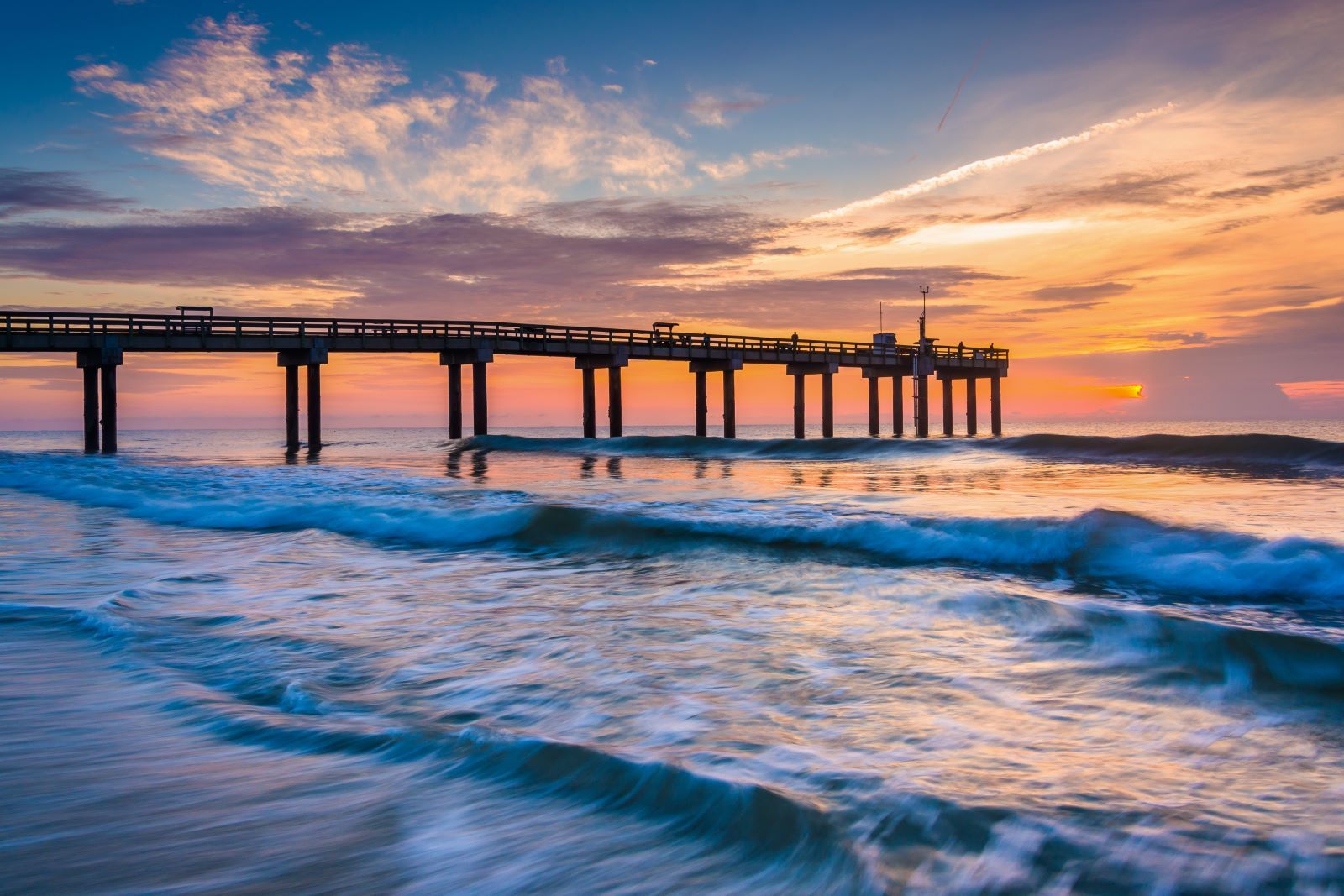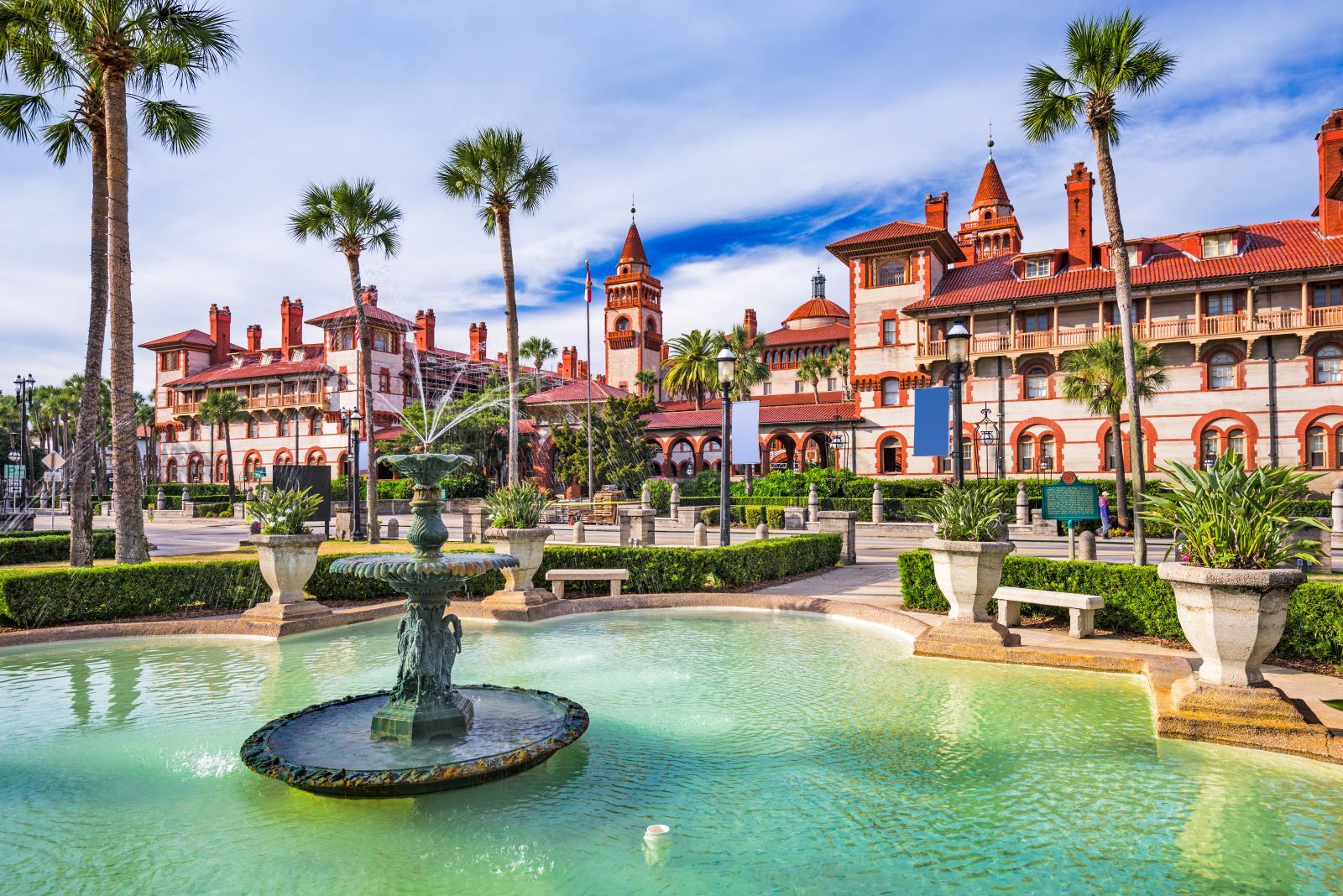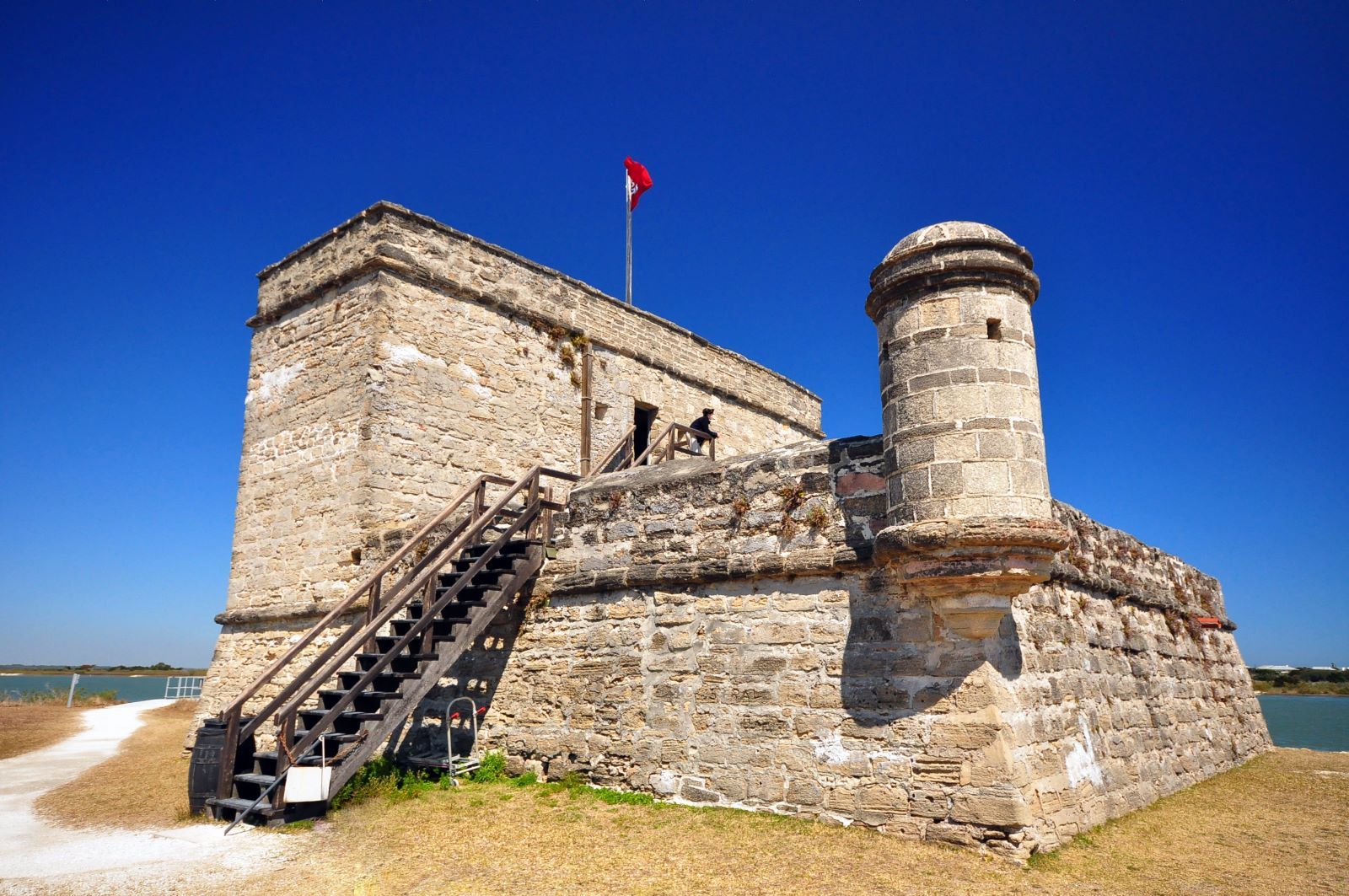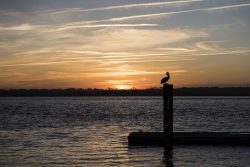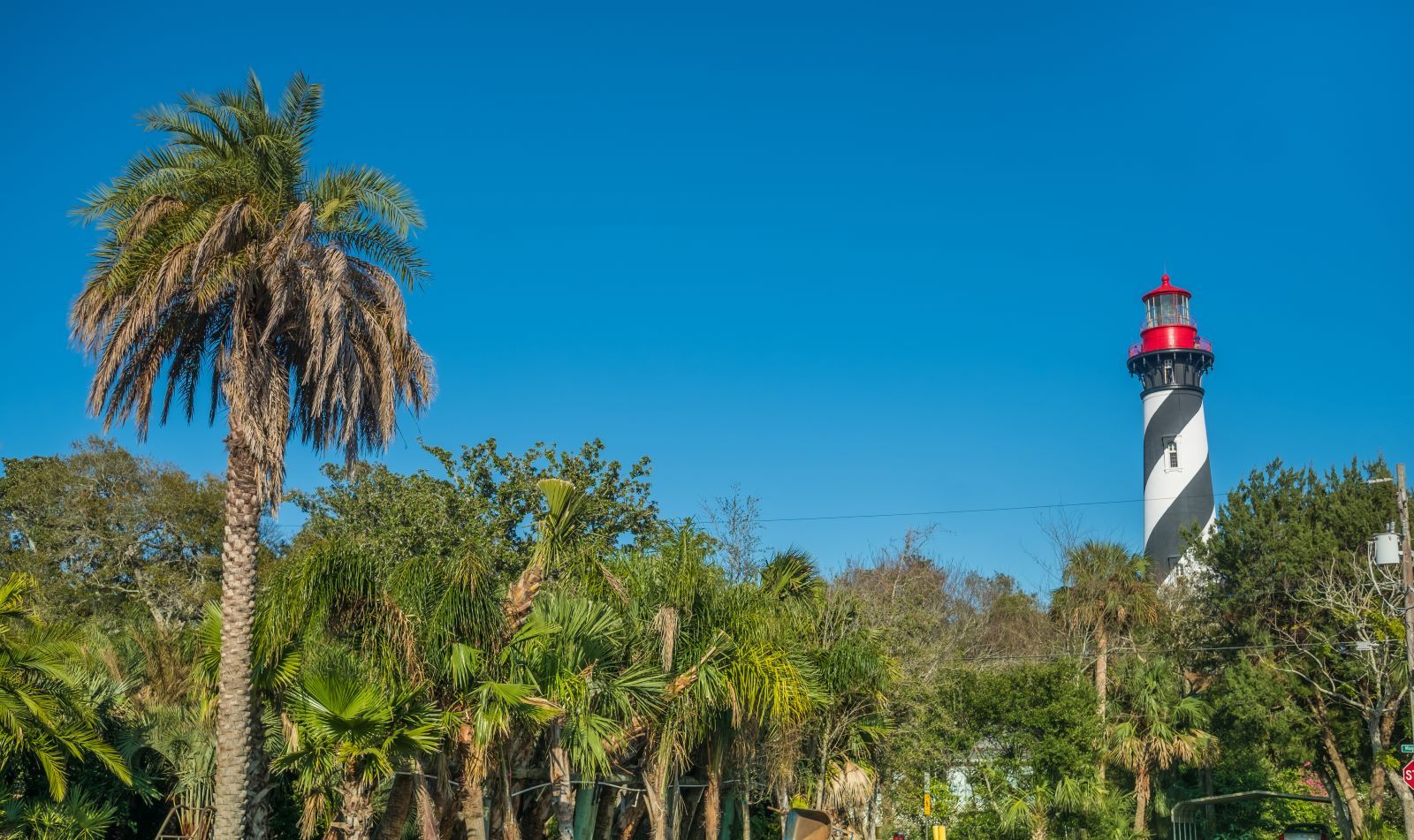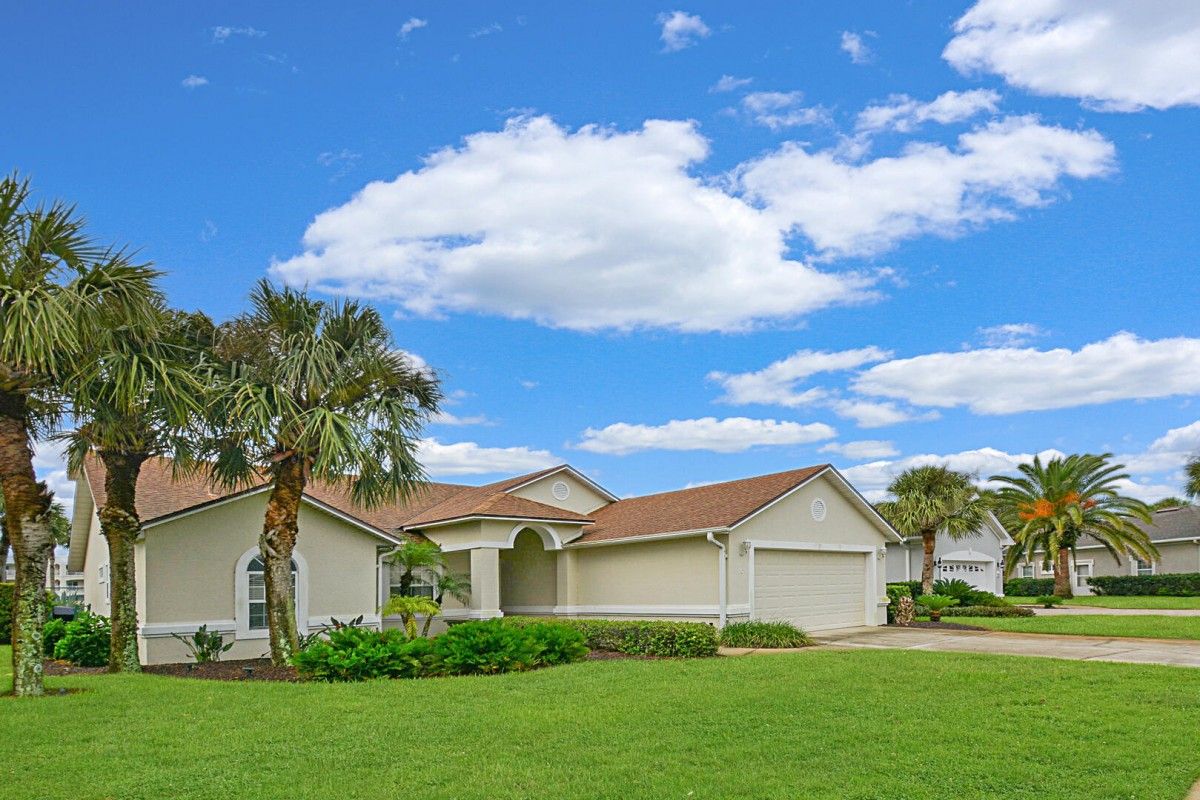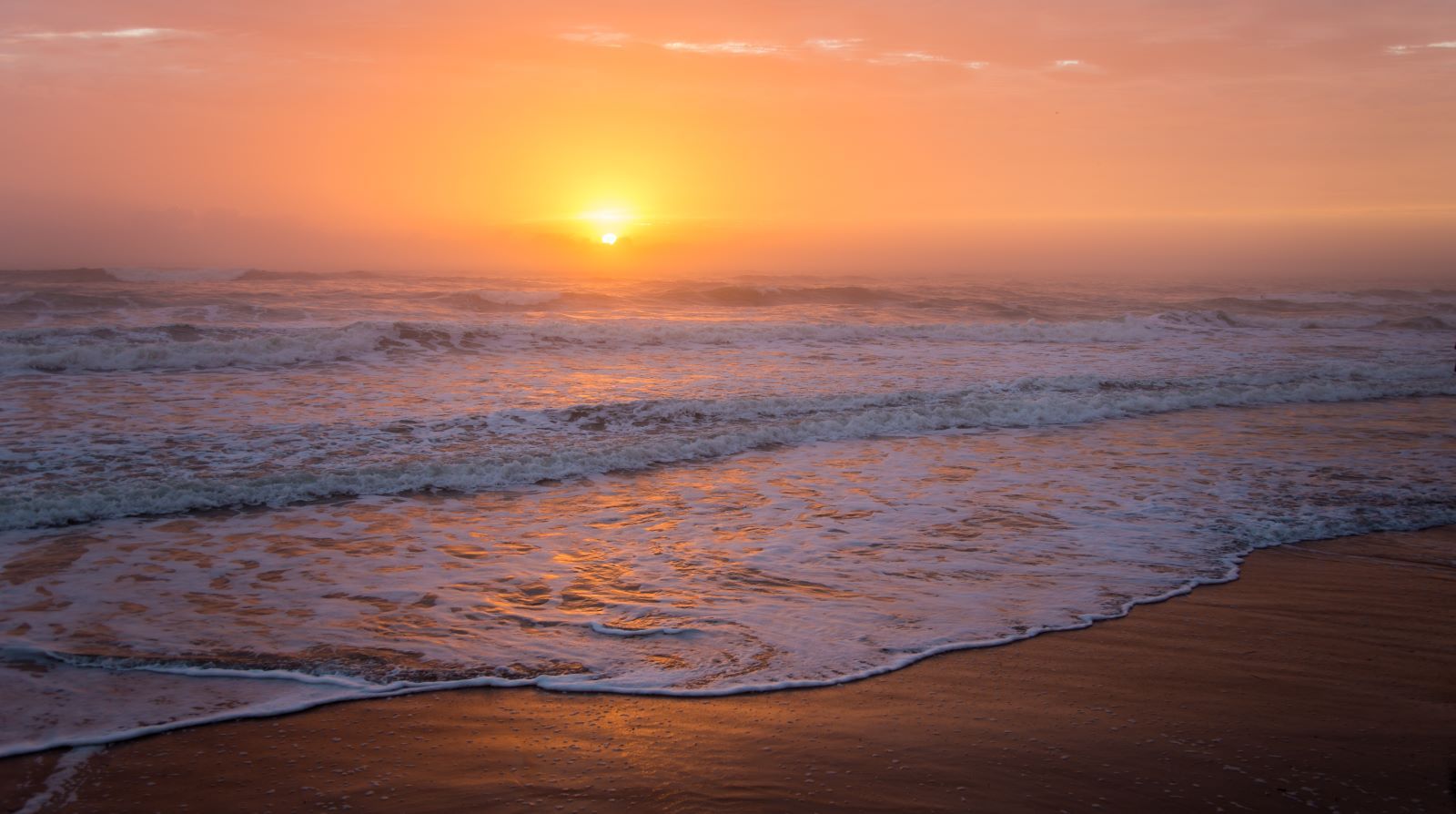St. Augustine is a spectacular mix of nature and human history. Learn about pirates while exploring the open waters. Head down intricate waterways and through dense marshes while understanding how early settlers did the same thing for supply runs.
Nature lovers will love St. Augustine just as the locals do. The city prioritizes the preservation of its gorgeous nature. And in no place is this clearer than through the Guana-Tolomato-Matanzas National Estuarine, or GMT Reserve.
About Guana-Tolomato-Matanzas National Estuarine
The Guana-Tolomato-Matanzas National Estuarine is a research site and reserve located just north of St. Augustine’s main historic district.
It carries through both St. Johns and neighboring Flagler County. The entire reserve ultimately coats 74,000 acres of coastal land throughout northeast Florida, though it encompasses just about 115 acres of land the public can access.
The reserve is a collaborative project between the Florida’s Department of Environmental Protection and the National Oceanic and Atmospheric Administration. The reserve leaders incorporate educational guided tours, training programs, and additional community partnerships through education and stewardship.
The GMT Research Reserve is open Tuesday through Saturday, from 9 a.m. to 4 p.m. Input the address 505 Guana River Rd into GPS to get right to the visitor’s center. It is $3 per vehicle up to eight people and $1 per pedestrian via walking or biking.
Plan Your St. Augustine Vacation
Plan your visit to the great coastal city of St. Augustine and its famous beaches. Choose a vacation rental that checks off all the boxes for your unique trip. Do you need a spacious kitchen or an additional bedroom for guests? Are you interested in accessible gear, like kayaks and bicycles, to best enjoy the local nature? Find the best oceanfront St Augustine condo rental for your needs and enjoy the beautiful wildlife and joyous scenery all day long.

Activities and Things to Do
There are two main parts to the reserve. The first is, of course, the reserve itself- over 100 acres of land to explore. It includes an assortment of bike and walking trails with clear markers, as well as nature plaques for you to learn more about the surrounding flora and fauna. There are 10 miles of trails in total. On the way, you can stop to fish, scour for birds, or go on a canoe or kayak trip. For added convenience, you can rent bikes and have them delivered to your St Augustine lodging.
The highlight for some is the 21,000 square foot visitor’s center. Essentially a mini-museum, the center includes fun interpretive exhibits, aquariums housing local Florida marine life, and laboratories for a variety of scheduled instructionals and events.
On-site staff may have programming available for all ages. Most programming will greatly incorporate some act the reserve leaders are currently doing to protect the local estuary. Locals will do wildlife tracking, environmental reports, and water level reviews, among others. This impacts the programming offered, which may incorporate lectures from local and visiting guest speakers, guided beach or hiking tours, and seining, a type of wide fishing. Most of these activities are free outside your entrance fee to the reserve.
Event times are scheduled to change and virtual versions are open now. We always recommend calling to see what the reserve is hosting for the season in and out of the classroom.
How You Can Help
The GMT Research Reserve is always looking for enthusiastic nature lovers to join in their efforts. Thankfully, there are multiple ways you can jump on board. Aside from a direct donation through the website, you can join the friends’ group. You receive advanced notice of special events, recognition in the annual report, a subscription to the quarterly newspaper, and a discount on entrance passes. Most importantly, you receive the joy of contributing to the protection and conservation of northeast Florida’s natural ecosystem.
Further, you can volunteer your time directly which will give you hands-on experience. You can even adopt a turtle nest, one of the most fun and rewarding ways to preserve endangered wildlife!


